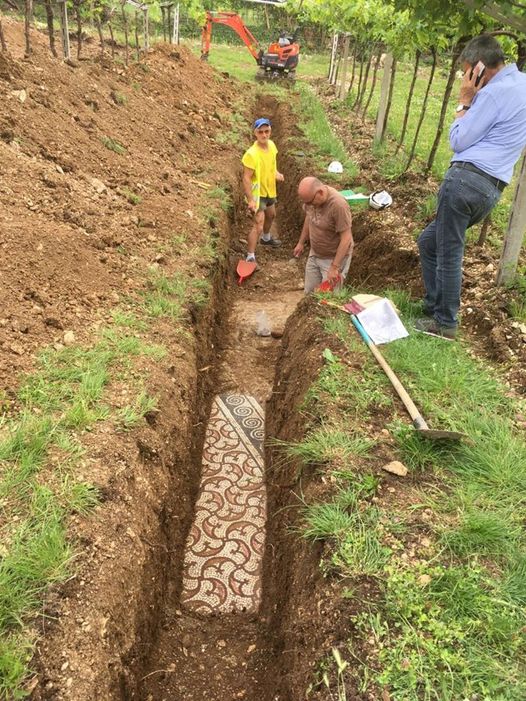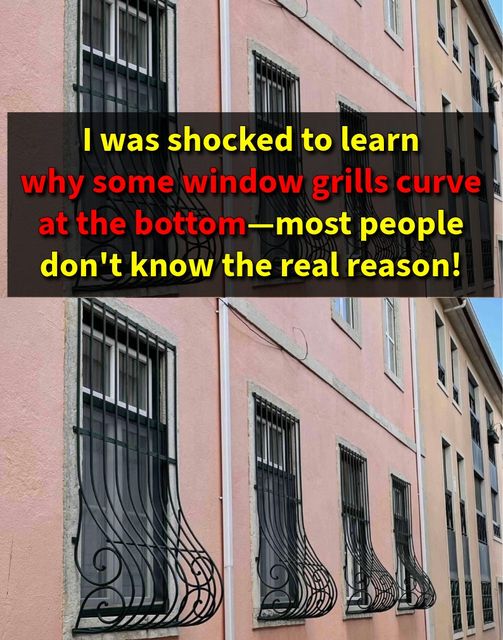Ancient Italian Villa Reveals Hidden Roman Mosaic
For nearly a century, archaeologists have been on a quest to unveil the mysteries of an ancient Italian villa. Their relentless efforts recently paid off with a remarkable discovery – a stunning Roman mosaic concealed beneath a farm in the picturesque hills above Negrar di Valpolicella, in northeastern Italy.
The intricately crafted flooring is believed to be part of the same villa that was discovered years ago. This exquisite mosaic is composed of various geometric shapes meticulously constructed using marble and glass tesserae. The multiple layers of mortar beneath the vibrant mosaic indicate that the floor had been consistently repaired over time.
This finding is not only a triumph for archaeology but also a source of pride for the local community. The mosaic provides valuable insights into the history and culture of this specific region of Italy, serving as a testament to the power of perseverance and dedication in achieving one’s goals. It is our hope that this discovery will inspire future generations to continue searching for hidden treasures like this one.
At present, experts and specialists are carefully considering the best and safest approach to excavating this breathtaking mosaic floor, believed to have been created in the third century AD.
Over a century ago, researchers stumbled upon this historically significant Roman mosaic beneath a farm near Verona, Italy. The remnants of the flooring and the base of the Roman villa’s structure were uncovered, granting us a glimpse into a bygone era.
By carefully excavating and preserving this piece of history, we can further our understanding of how people lived in ancient times. It offers us precious information about the culture and lifestyle of our predecessors, allowing us to dive into the captivating world of antiquity.
Moreover, this mosaic might shed light on the artistic skills and craftsmanship of the time. Further research will enable us to unravel more of the intriguing secrets from this fascinating period.
Last summer, the Verona Superintendent of Archaeology, Fine Arts, and Landscape, in collaboration with their team, embarked on a new excavation at the site, which had been abandoned since 1922.
Shortly after commencing their search, they stumbled upon a captivating artifact that had remained hidden for nearly a century. Archaeologist Myko Clelland shared the discovery on social media, causing the news to spread like wildfire across the internet and capturing the interest of the public.






